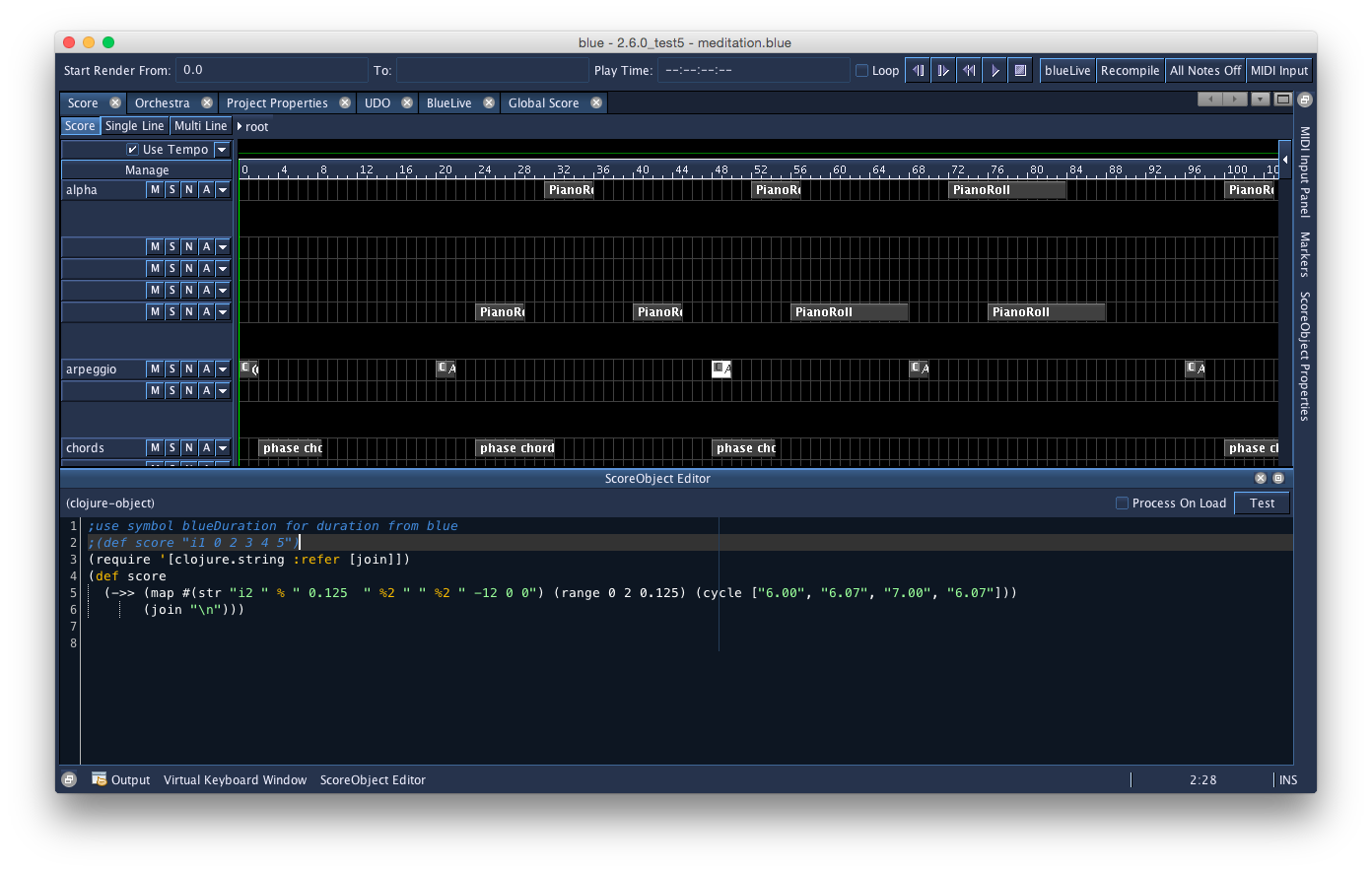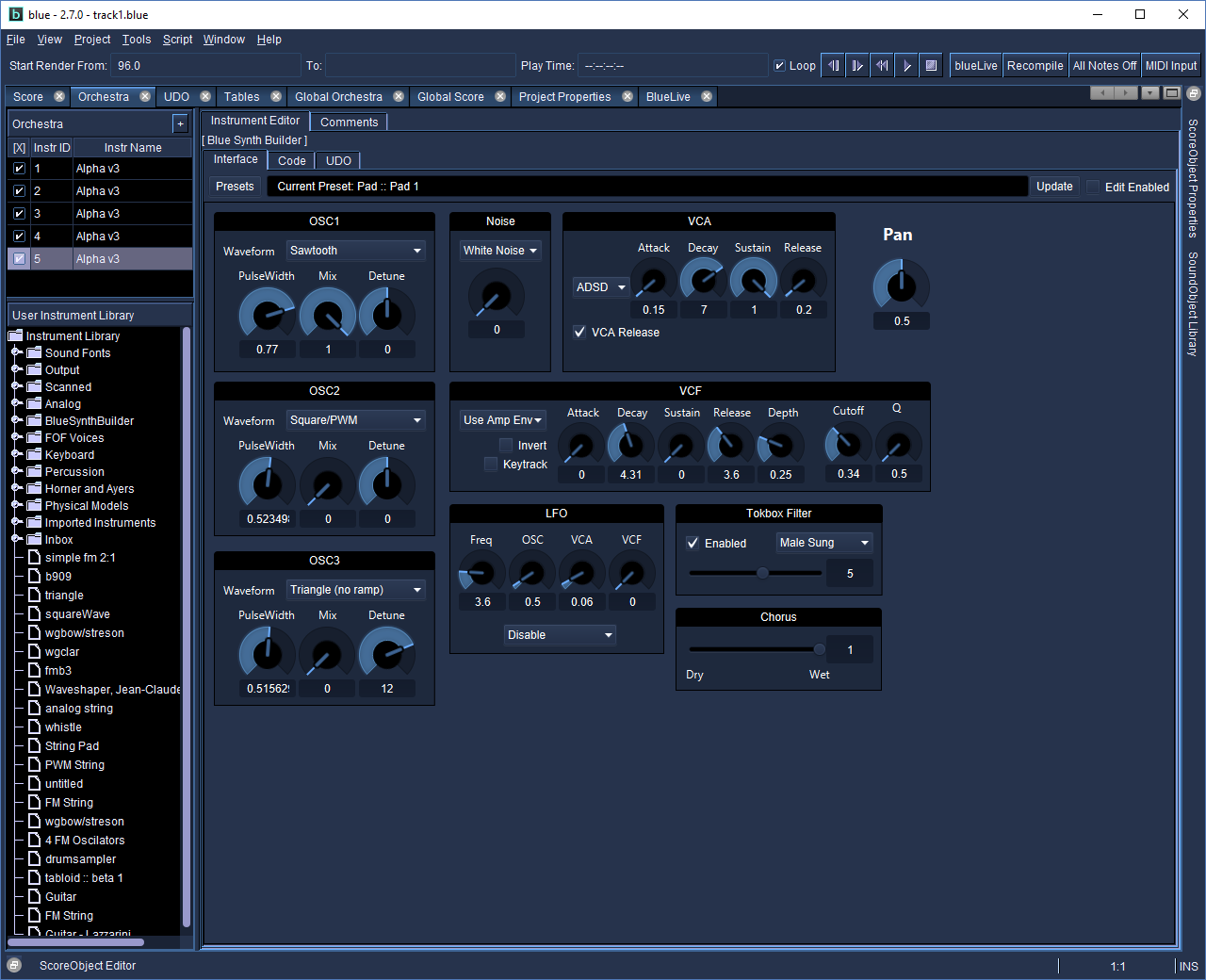Csound Download Mac
CSOUND
- Csound Download Mac Free
- Csound Download Mac
- Csound Download Mac Torrent
- Csound Download Mac Download
- Csound Download Mac Os
- INTRODUCTION
- 01 BASICS
- 02 QUICK START
- 03 CSOUND LANGUAGE
- 04 SOUND SYNTHESIS
- 05 SOUND MODIFICATION
- 06 SAMPLES
- 07 MIDI
- 08 OTHER COMMUNICATION
- 09 CSOUND IN OTHER APPLICATIONS
- 10 CSOUND FRONTENDS
- 11 CSOUND UTILITIES
- 12 CSOUND AND OTHER PROGRAMMING LANGUAGES
- 13 EXTENDING CSOUND
- OPCODE GUIDE
- APPENDIX
Csound can be embedded in a Max patch using the csound~ object. This allows you to synthesize and process audio, MIDI, or control data with Csound.
Download the Windows support software. After preparing your USB flash drive, complete these steps: Make sure that your Mac is connected to the Internet. Open Boot Camp Assistant, which is in the Utilities folder of your Applications folder. From the menu bar at the top of your screen, choose Action Download Windows Support Software, then.
- After you have downloaded the installer, just run it and follow the instructions. When you are finished, you will find a Csound folder in your start menu containing Csound utilities and the QuteCsound frontend. Mac OS X The Mac OS X installers are the files ending in.dmg.
- Csound mac free download. Common Music Common Music (CM) is a real-time music composition system implemented in JUCE/C and Scheme.
- This page provides download links to the current version of Csound compiled for different platforms., and can also be done on Mac and Windows. Csound is an open community of artists, musicians, enthusiasts, DSP specialists, programmers and others.
- MacCsound is an integrated development environment for creating and controlling Csound instruments and processes. It attempts to keep all the power and flexibility of the original UNIX program while incorporating the aesthetics and ease-of-use of a traditional Macintosh application.
INSTALLING
The csound~ requires an installation of Csound. For Csound6, it should be a part of the main installer. If this is not the case, you should find an installer in Csound's file release folder, for instance as to Csound 6.02 here: http://sourceforge.net/projects/csound/files/csound6/Csound6.02/csound%7E_v1.1.1.pkg/download.
The next paragraphs were instructions for Csound5. They may now be obsolete.
INSTALLING ON MAC OS X
- Expand the zip file and navigate to binaries/MacOSX/.
- Choose an mxo file based on what kind of CPU you have (intel or ppc) and which type of floating point numbers are used in your Csound5 version (double or float). The name of the Csound5 installer may give a hint with the letters 'f' or 'd' or explicitly with the words 'double' or 'float'. However, if you do not see a hint, then that means the installer contains both, in which case you only have to match your CPU type.
- Copy the mxo file to:
- Max 4.5: /Library/Application Support/Cycling '74/externals/
- Max 4.6: /Applications/MaxMSP 4.6/Cycling'74/externals/
- Max 5: /Applications/Max5/Cycling '74/msp-externals/
- Rename the mxo file to 'csound~.mxo'.
- If you would like to install the help patches, navigate to the help_files folder and copy all files to:
- Max 4.5: /Applications/MaxMSP 4.5/max-help/
- Max 4.6: /Applications/MaxMSP 4.6/max-help/
- Max 5: /Applications/Max5/Cycling '74/msp-help/
INSTALLING ON WINDOWS
- Expand the zip file and navigate to binariesWindows.
- Choose an mxe file based on the type of floating point numbers used in your Csound5 version (double or float). The name of the Csound5 installer may give a hint with the letters 'f' or 'd' or explicitly with the words 'double' or 'float'.
- Copy the mxe file to:
- Max 4.5: C:Program FilesCommon FilesCycling '74externals
- Max 4.6: C:Program FilesCycling '74MaxMSP 4.6Cycling '74externals
- Max 5: C:Program FilesCycling '74Max 5.0Cycling '74msp-externals
- Rename the mxe file to 'csound~.mxe'.
- If you would like to install the help patches, navigate to the help_files folder and copy all files to:
- Max 4.5: C:Program FilesCycling '74MaxMSP 4.5max-help
- Max 4.6: C:Program FilesCycling '74MaxMSP 4.6max-help
- Max 5: C:Program FilesCycling '74Max 5.0Cycling '74msp-help
KNOWN ISSUES
On Windows (only), various versions of Csound5 have a known incompatibility with csound~ that has to do with the fluid opcodes. How can you tell if you are affected? Here is how: if you stop a Csound performance (or it stops by itself) and you click on a non-MaxMSP or non-Live window and it crashes, then you are affected. Until this is fixed, an easy solution is to remove/delete fluidOpcodes.dll from your plugins or plugins64 folder. Here are some common locations for that folder:
- C:Program FilesCsoundplugins
- C:Program FilesCsoundplugins64
CREATING A CSOUND~ PATCH
- Create the following patch:
- Save as 'helloworld.maxpat' and close it.
- Create a text file called 'helloworld.csd' within the same folder as your patch.
- Add the following to the text file:
EXAMPLE 09B01_maxcs_helloworld.csd
- Open the patch, press the bang button, then press the speaker icon.
At this point, you should hear some noise. Congratulations! You created your first csound~ patch.
You may be wondering why we had to save, close, and reopen the patch. This is needed in order for csound~ to find the csd file. In effect, saving and opening the patch allows csound~ to 'know' where the patch is. Using this information, csound~ can then find csd files specified using a relative pathname (e.g. 'helloworld.csd'). Keep in mind that this is only necessary for newly created patches that have not been saved yet. By the way, had we specified an absolute pathname (e.g. 'C:/Mystuff/helloworld.csd'), the process of saving and reopening would have been unnecessary.
The '@scale 0' argument tells csound~ not to scale audio data between Max and Csound. By default, csound~ will scale audio to match 0dB levels. Max uses a 0dB level equal to one, while Csound uses a 0dB level equal to 32768. Using '@scale 0' and adding the statement '0dbfs = 1' within the csd file allows you to work with a 0dB level equal to one everywhere. This is highly recommended.
AUDIO I/O
All csound~ inlets accept an audio signal and some outlets send an audio signal. The number of audio outlets is determined by the arguments to the csound~ object. Here are four ways to specify the number of inlets and outlets:
Csound Download Mac Free
- [csound~ @io 3]
- [csound~ @i 4 @o 7]
- [csound~ 3]
- [csound~ 4 7]
'@io 3' creates 3 audio inlets and 3 audio outlets. '@i 4 @o 7' creates 4 audio inlets and 7 audio outlets. The third and fourth lines accomplish the same thing as the first two. If you don't specify the number of audio inlets or outlets, then csound~ will have two audio inlets and two audio oulets. By the way, audio outlets always appear to the left of non-audio outlets. Let's create a patch called audio_io.maxpat that demonstrates audio i/o:
Here is the corresponding text file (let's call it audio_io.csd):
EXAMPLE 09B02_maxcs_audio_io.csd
In audio_io.maxpat, we are mixing three triangle waves into a stereo pair of outlets. In audio_io.csd, we use inch and outch to receive and send audio from and to csound~. inch and outch both use a numbering system that starts with one (the left-most inlet or outlet).
Notice the statement 'nchnls = 3' in the orchestra header. This tells the Csound compiler to create three audio input channels and three audio output channels. Naturally, this means that our csound~ object should have no more than three audio inlets or outlets.
CONTROL MESSAGES
Csound Download Mac
Control messages allow you to send numbers to Csound. It is the primary way to control Csound parameters at i-rate or k-rate. To control a-rate (audio) parameters, you must use and audio inlet. Here are two examples:

- control frequency 2000
- c resonance .8



Notice that you can use either 'control' or 'c' to indicate a control message. The second argument specifies the name of the channel you want to control and the third argument specifies the value.
The following patch and text file demonstrates control messages:
EXAMPLE 09B03_maxcs_control_in.csd
Csound Download Mac Torrent
In the patch, notice that we use two different methods to construct control messages. The 'pak' method is a little faster than the message box method, but do whatever looks best to you. You may be wondering how we can send messages to an audio inlet (remember, all inlets are audio inlets). Don't worry about it. In fact, we can send a message to any inlet and it will work.
In the text file, notice that we use two different opcodes to receive the values sent in the control messages: chnget and invalue. chnget is more versatile (it works at i-rate and k-rate, and it accepts strings) and is a tiny bit faster than invalue. On the other hand, the limited nature of invalue (only works at k-rate, never requires any declarations in the header section of the orchestra) may be easier for newcomers to Csound.
MIDI
csound~ accepts raw MIDI numbers in it's first inlet. This allows you to create Csound instrument instances with MIDI notes and also control parameters using MIDI Control Change. csound~ accepts all types of MIDI messages, except for: sysex, time code, and sync. Let's look at a patch and text file that uses MIDI:
EXAMPLE 09B04_maxcs_midi.csd
In the patch, notice how we're using midiformat to format note and control change lists into raw MIDI bytes. The '1' argument for midiformat specifies that all MIDI messages will be on channel one.
In the text file, notice the massign statements in the header of the orchestra. 'massign 0,0' tells Csound to clear all mappings between MIDI channels and Csound instrument numbers. This is highly recommended because forgetting to add this statement may cause confusion somewhere down the road. The next statement 'massign 1,1' tells Csound to map MIDI channel one to instrument one.
To get the MIDI pitch, we use the opcode cpsmidi. To get the FM modulation factor, we use midic7 in order to read the last known value of MIDI CC number one (mapped to the range [0,10]).
Csound Download Mac Download
Notice that in the score section of the text file, we no longer have the statement 'i1 0 86400' as we had in earlier examples. This is a good thing as you should never instantiate an instrument via both MIDI and score events (at least that has been this writer's experience).
Csound Download Mac Os
Events
To send Csound events (i.e. score statements), use the 'event' or 'e' message. You can send any type of event that Csound understands. The following patch and text file demonstrates how to send events:
EXAMPLE 09B05_maxcs_events.csd
In the patch, notice how the arguments to the pack object are declared. The 'i1' statement tells Csound that we want to create an instance of instrument one. There is no space between 'i' and '1' because pack considers 'i' as a special symbol signifying an integer. The next number specifies the start time. Here, we use '0' because we want the event to start right now. The duration '3.' is specified as a floating point number so that we can have non-integer durations. Finally, the number '64' determines the MIDI pitch. You might be wondering why the pack object output is being sent to a message box. This is good practice as it will reveal any mistakes you made in constructing an event message.
In the text file, we access the event parameters using p-statements. We never access p1 (instrument number) or p2 (start time) because they are not important within the context of our instrument. Although p3 (duration) is not used for anything here, it is often used to create audio envelopes. Finally, p4 (MIDI pitch) is converted to cycles-per-second. The print statement is there so that we can verify the parameter values.